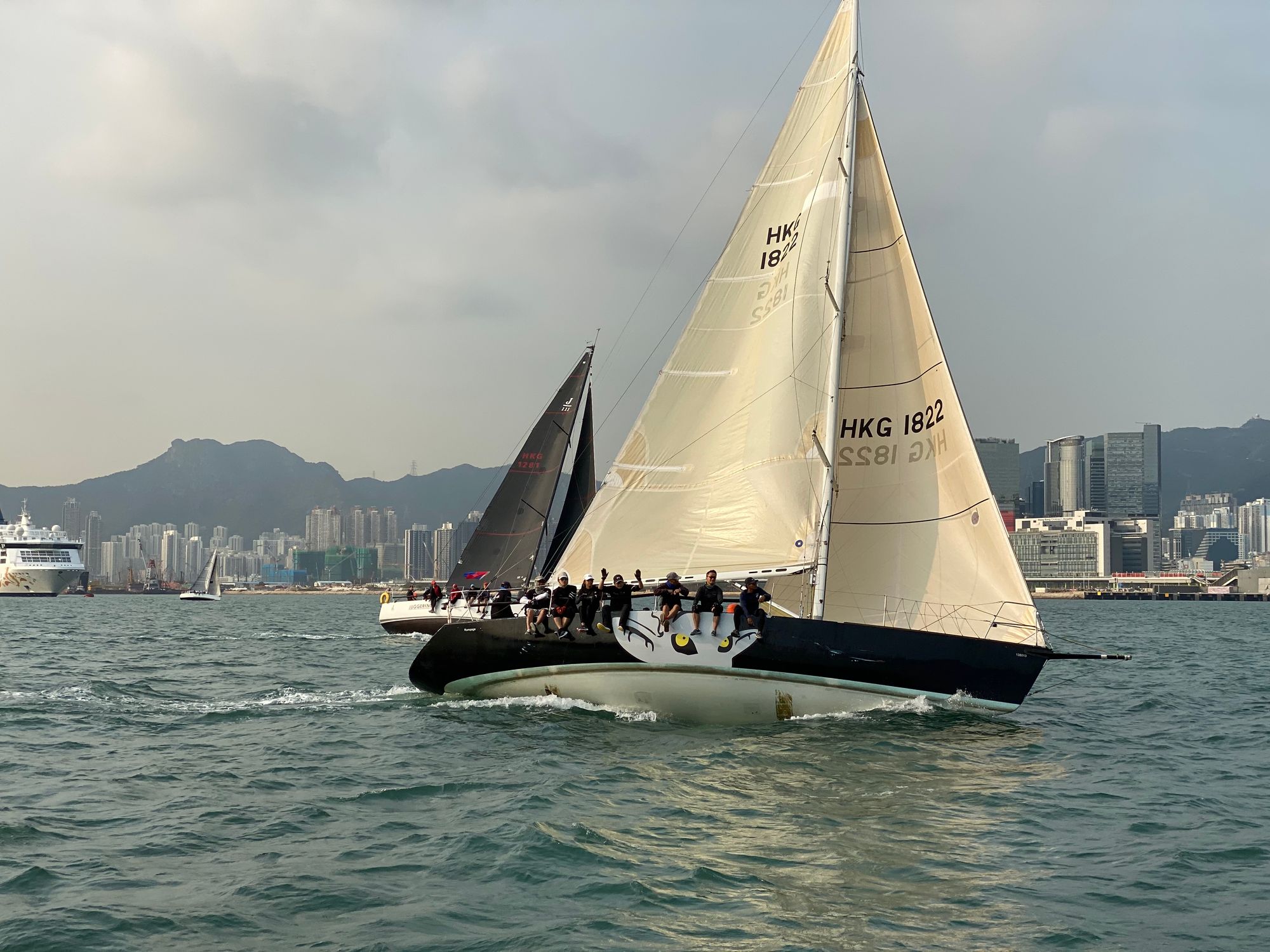"Skipper" is a term that we use in sailing to mean the person-in-charge of the boat. More formal terms for this person are "captain" or "master," although these are more often associated with larger and/or commercial vessels.
There's a common misconception among new sailors and even some long time sailors that the skipper is the person who drives the boat. I suspect this is because most of us drive cars before drive boats. The driver of a car is the person in charge of the car. The drive is held responsible for the safety of the passengers and vehicle. So it seems logical that the driver of a boat would be the person in charge of the boat, ie. the skipper. This is not the case! In fact, unless the boat is very small, or short-handed, without enough crew, the skipper should not be driving the boat.
If you sign up for formal sail training to learn to become the person-in-charge of a sailing yacht...RYA calls this the "Day Skipper" course...you'll find that as the skipper-candidate, you will very rarely even touch the wheel of the boat. Many students come in with the misconception that the they are here to learn to drive a boat...I certainly did! One of the first challenges for the instructor is to put an end to this misconception and break this bad habit.
You can think of a boat like a small business and the skipper is the CEO. His job is to recruit and retain adequately trained crew, assign the crew to jobs that need to be done and manage them such that the boat safely at its destination. He should stay focused on the big picture, assign tasks to his crew, monitor their execution and be thinking about what needs to be done next. One of the crew should be assigned to be helmsman with the skipper giving instructions to the helmsman how or where he should steer the boat.
"Come up five degrees."
"Tack at your convenience"
"Adjust course 30 degrees to port"
"Leave the safe water mark to port"
"Steer 095 degrees compass"
The helm is left to execute on the skipper's instructions and do what is necessary to maintain the course requested by the skipper. The skipper doesn't focus on the steering but monitors the work of the crew while maintaining good situational awareness. He needs to keep tabs the location of and status of all potential dangers to the vessel at all times: other boats, navigational hazards, inclement weather. He needs to keep his head out of the boat and aware of what else is going on. It is very difficult for a skipper who is distracted by steering the boat to do a good job of this.
This is even more true when racing. On top of the normal skipper duties, someone on the boat also needs to be the tactician, figuring out where the competitors are in relationship to your boat and the best tactics to use to improve your position in the fleet. You might see the leading boat over on the north side of the harbor has just sailed into a patch of no wind. This might mean that your boat can take a different course that avoids the dead wind area and take the lead! But to see this and think of this tactic you need to be looking around - which is hard if you're trying to steer the boat, shout orders at crew and figure out the course.
Don't be one of those "I'm the skipper that also drives the boat"-types...find good crew and delegate!

